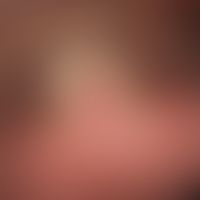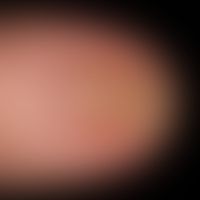Image diagnoses for "Nail"
60 results with 303 images
Results forNail
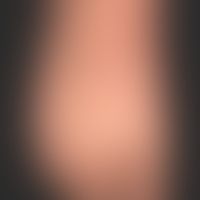
Pachyonychia congenita Q84.9
Pachyonychia congenita: congenital nail dystrophy affecting all finger and toe nails with palmoplantar keratoses: Shown here are claw-shaped, thickened and curved toenails; indicated teat pads.
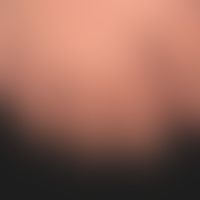
Pachyonychia congenita Q84.9
Pachyonychia congenita: congenital nail dystrophy affecting all finger and toe nails with palmoplantar keratoses: shown here are claw-shaped, thickened and bent toenails.
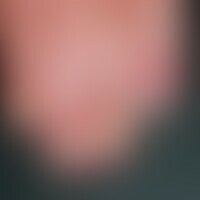
Candida paronychia B37.23

Candida paronychia B37.23
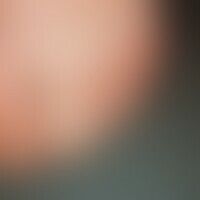
Pincers-nail L60.3
Pincer-nail: pincer-like deformation of all toenails; the infestation of all toenails indicates a genetic disposition and less of a false strain.
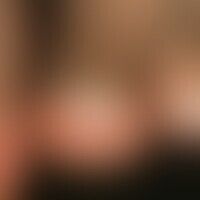
Pincers-nail L60.3
Pincer-nail: Close-up with considerable cross-bending of the toenails with painful enclosure of the nail bed.
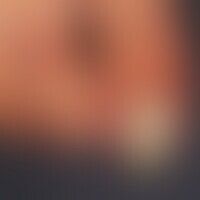
Pincers-nail L60.3
Pincer-nail: tubular cross-bending of the big toe nail with incision into the nail bed, resulting in irritant traumatic, painful, chronic, paronychia
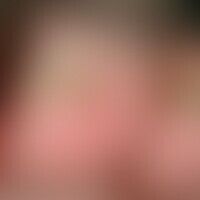
Pincers-nail L60.3
Pincer-nail: Detail enlargement: Extreme, almost tubular cross-bending of the toenails of the Digiti IV and V of the left foot with painful, pincer-like embracing of the nail bed.

Pincers-nail L60.3
Pincer-nail: tubular forceps shape of the left big toe nail with painful incision into the nail bed.
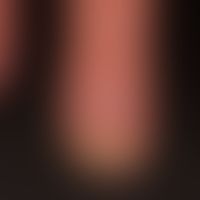
Pityriasis rubra pilaris (adult type) L44.0
Pityriasis rubra pilaris. Chronic, non-specific onychodystrophy. Complete loss of cuticle. Distal nail matrix thickened yellowish. Splinter hemorrhages.
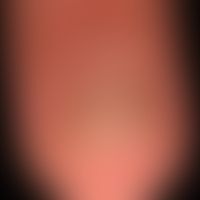
Psoriasis vulgaris L40.00
psoriasis vulgaris. psoriasis of the nails. subungual and ungual infestation, here with parakeratotic keratinization
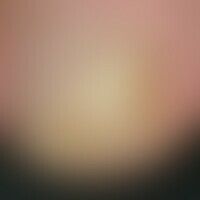
Onychomycosis (overview) B35.1
Tinea unguium: distalsubungual onychomycosis. strong, yellowish-white discoloration of the nail matrix of the left big toe in a 57-year-old man. the nail matrix is affected to about 70%. secondary findings are interdigital mycosis and recurrent erysipelas of the left foot.
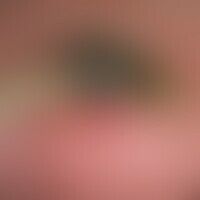
Onychomycosis (overview) B35.1
Tinea unguium. on the left thumb of a 28-year-old man localized yellow-brown to black dyschromas of the distal nail plate, increasing for more than one year. onychodystrophy beginning distally. mycologically a mixed infection of Trichophyton rubrum and Aspergillus spp. was detected.
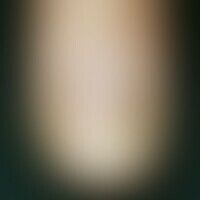
Onychomycosis (overview) B35.1
Tinea unguium: distal, yellow-brown subungual discoloration with dystrophy of the nail in a 68-year-old diabetic; positive fungal culture.
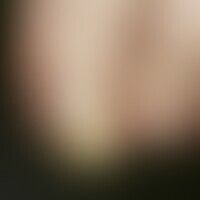
Onychomycosis (overview) B35.1
Tinea unguium; distal subungual type of onychomycosis; starting from the hyponychium there is a striated yellow discoloration of the nail matrix; the matrix is crumbly destroyed.
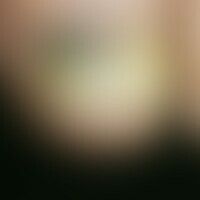
Onychomycosis (overview) B35.1
Tinea unguium. in the distal part of the nail matrix a large-area, colorful, not painful nail discoloration (yellow-blue-green) is visible. total dystrophy of the big toe nail.
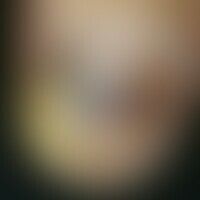
Onychomycosis (overview) B35.1
Tinea unguium. dystrophic onychomycosis. colorful, not painful nail discoloration (yellow-blue-green) with nail thickening. part of the nail discoloration is apparently caused by bleeding. Tr. rubrum and molds (Alternaria spp.) have been detected culturally.
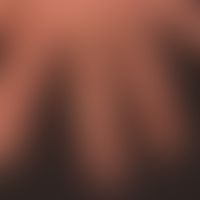
Onychomycosis (overview) B35.1
Tinea unguium. brown-yellow striped lateral nail dystrophy on the index and ring finger. cultural evidence of Trichophyton rubrum and mould species.

Onychomycosis (overview) B35.1
Tinea unguium: Distal onychomyksoe with striped yellow-brown nail dystrophy; chronic non-painful paronychia with laterally distended terminal phalanx.
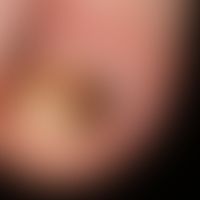
Onychomycosis (overview) B35.1
Tinea unguium with extensive, older traumatic bleeding into the nail matrix.
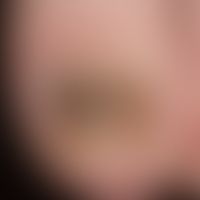
Onychomycosis (overview) B35.1
Tinea unguium. distal onychomycosis with crumbly destruction of the nail matrix. aphlegmatic tinea of the toe skin with low lichenification and pityriasiform scaling.
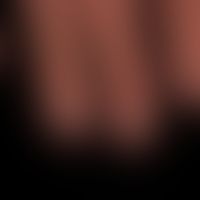
Onychomycosis (overview) B35.1
Tinea unguium:almost complete onychodystrophy of all fingernails; patient with insulin-dependent diabetes mellitus
